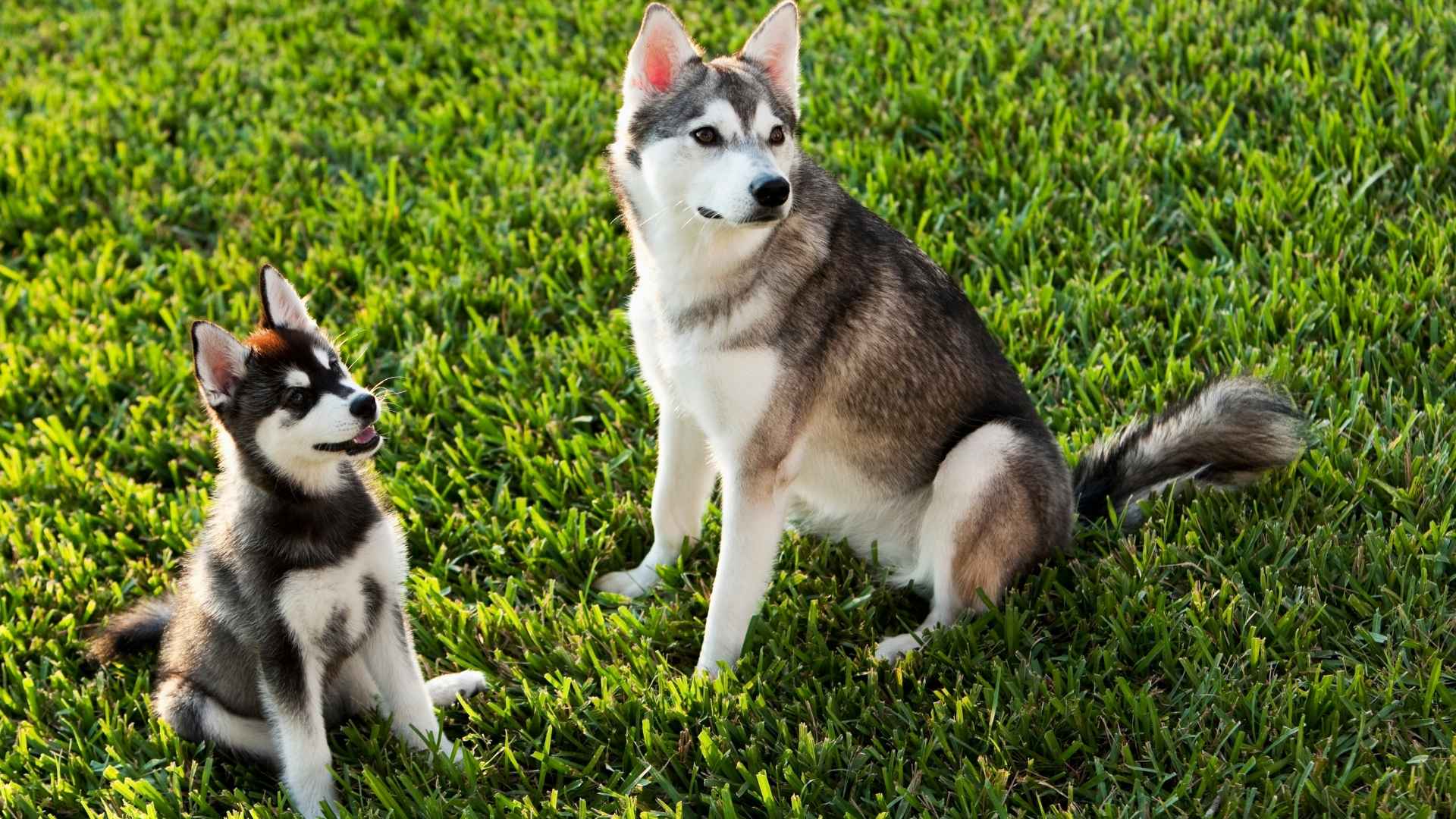“Dogs are not our whole life, but they make our lives whole.” This timeless quote by Roger Caras perfectly captures the bond between humans and the majestic Siberian Husky—a breed renowned for its striking blue eyes, thick double coat, and endurance in harsh climates.
But beyond the Husky, several dog breeds similar to Huskies share these wolf-like features and an adventurous spirit. Scientific studies reveal that breeds like the Alaskan Malamute and the Alaskan Klee Kai were originally bred as sled dogs to haul heavy freight across frozen tundras, making them exceptional working dogs with high intelligence and social instincts.
Whether you are an experienced owner or a first-time dog owner, discovering these northern breeds offers a captivating journey into the world of Arctic companions known for their loyalty, energy, and beauty.
Dog Breeds Similar To Huskies
1. Alaskan Malamute
The Alaskan Malamute is a powerful northern breed closely related to Siberian Huskies, known for its strength and endurance as one of the oldest sled dogs. With a thick double coat and striking wolf-like features, Malamutes are built to withstand harsh Arctic climates and haul heavy loads over long distances.
Originally bred by the native Inuit people of Alaska for freight hauling, Alaskan Malamutes are strong working dogs with a friendly and loyal temperament. They are highly intelligent and social but possess an independent streak common among northern breeds.
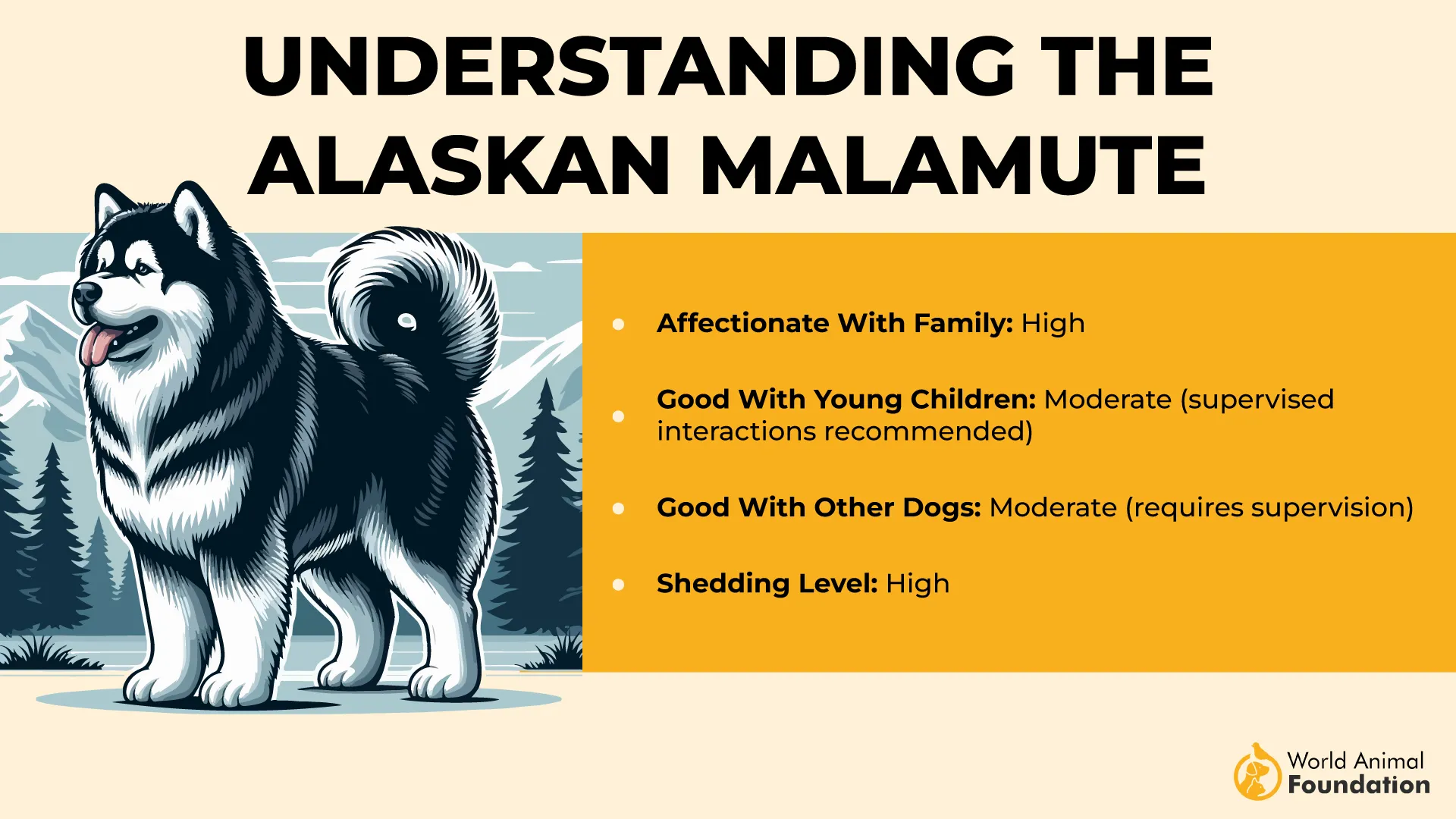
Despite their size and strength, Alaskan Malamutes are gentle family dogs when properly socialized from an early age. The Alaskan Malamute stands as one of the oldest and most powerful sled dogs, originally bred to haul heavy freight across frozen terrain.
2. Samoyed
The Samoyed breed is famed for its fluffy white coat and “smiling” expression, which has earned it the affectionate nickname, “Sammy smile.” This northern breed was originally bred as an Eskimo dog by the Samoyede people of Siberia, sharing similar working dog traits with Siberian Huskies and other sled dogs.
Samoyedes possess a thick double coat that provides insulation against freezing temperatures, making them well-suited for the Arctic environment. According to the American Kennel Club, early socialization is crucial to prevent common behavioral problems, as these friendly dogs can be vocal and energetic.
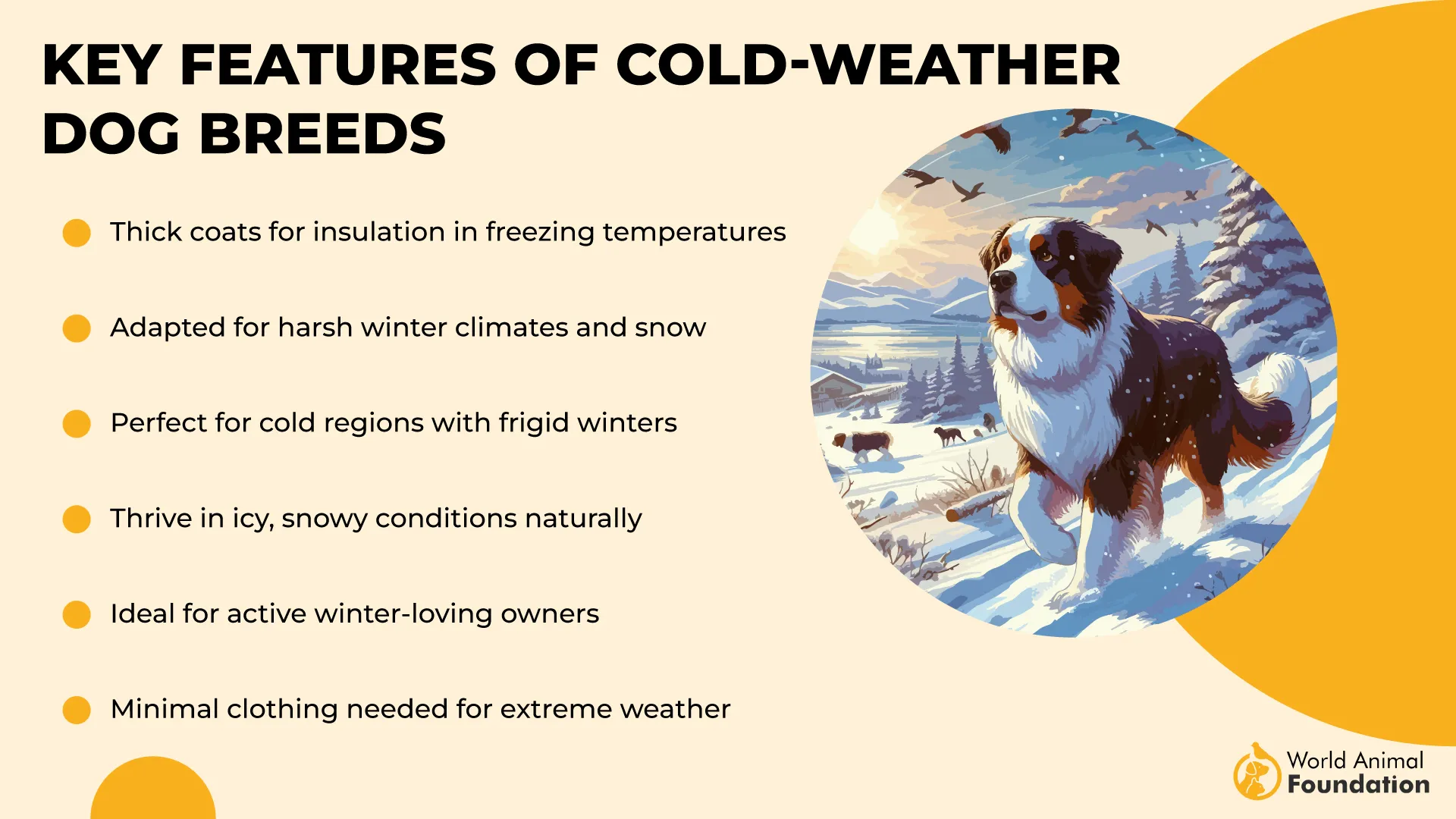
Samoyedes are known for their friendly disposition, often being referred to as one of the most “smiling” and approachable northern breeds, beloved by many owners for their cheerful personality.
3. Tamaskan Dog
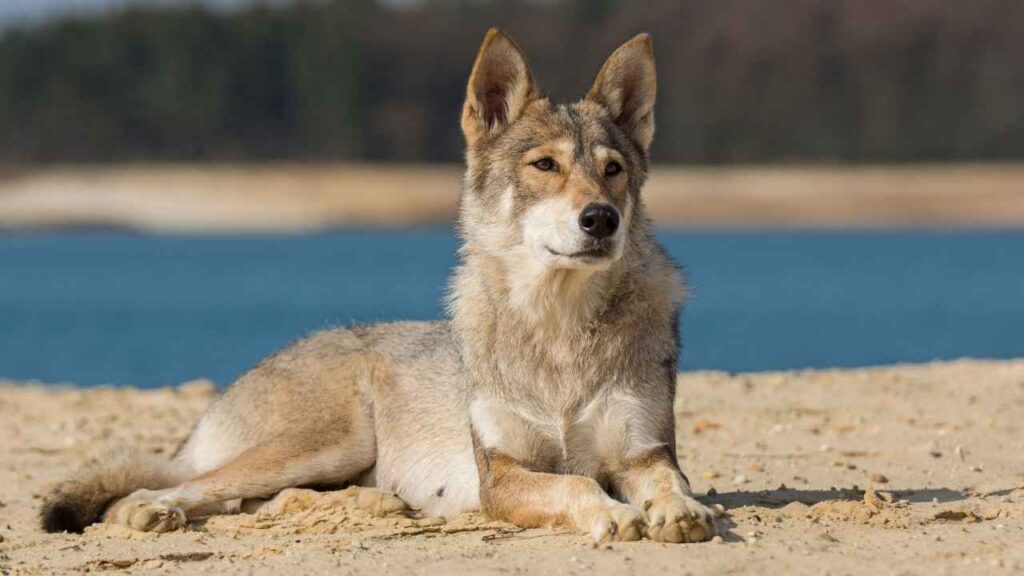
The Tamaskan Dog is a relatively new dog breed designed to resemble wild wolves, with wolf-like features and a thick coat that stands up to cold weather. They are originally bred as a crossbreed of several northern breeds, including Siberian Huskies, Alaskan Malamutes, and German Shepherds. This breed captures the essence of husky-like dogs while offering a unique temperament.
Tamaskans are known for their intelligence and strong bonds with their families, often excelling in activities requiring high energy and mental stimulation. Their wolf-like appearance and friendly nature make them attractive to owners seeking an active companion with a wild look.
Tamaskans are often called “wolf dogs”due to their remarkable resemblance to wild wolves and dire wolves, captivating enthusiasts who admire the mystique of northern breeds.
4. Utonagan
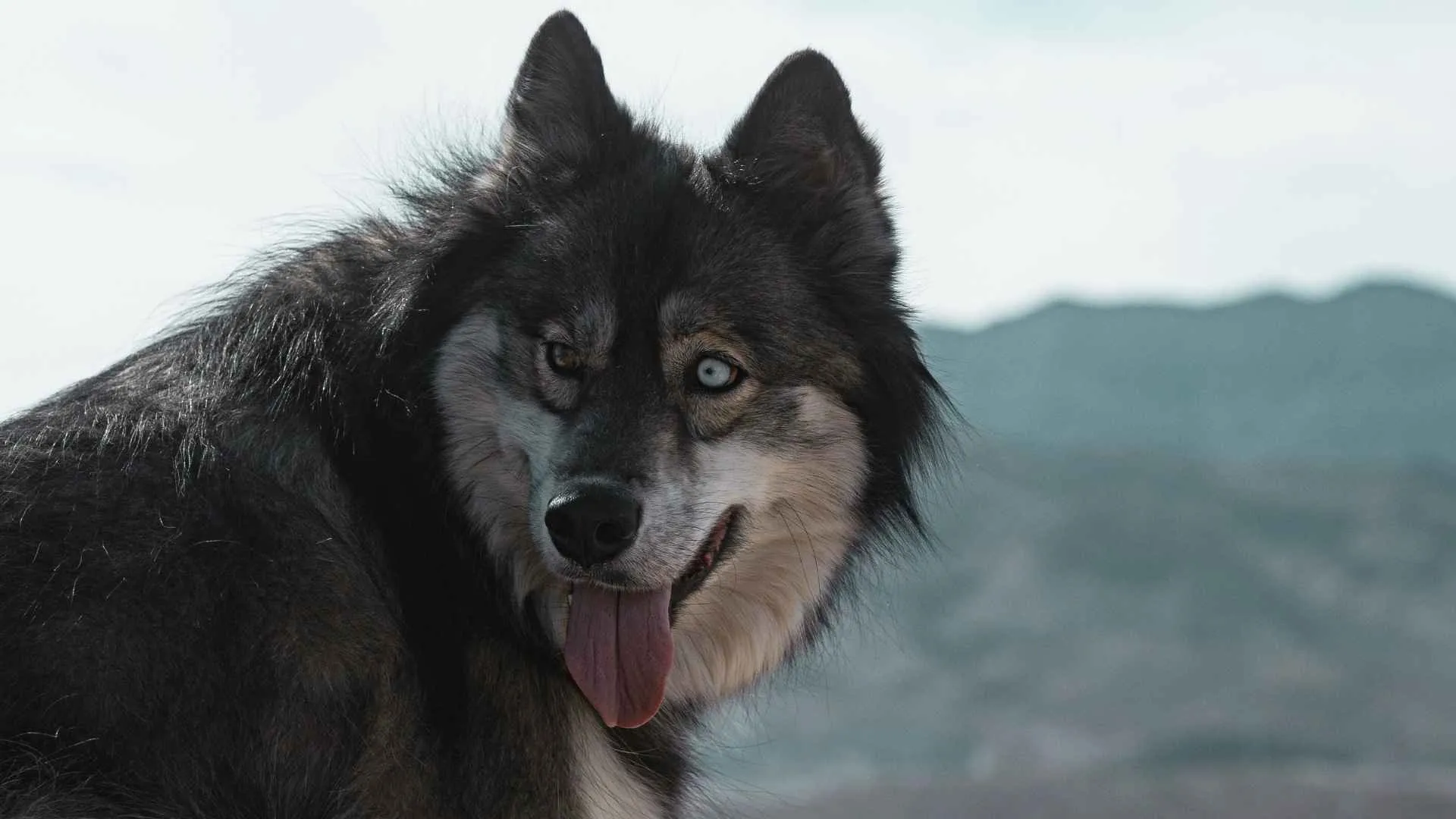
The Utonagan is another husky-like dog breed developed by crossing Siberian Huskies, Alaskan Malamutes, and German Shepherds, aiming to combine the best traits of these northern breeds. With their thick double coat and wolf-like features, Utonagans resemble wild wolves while maintaining the temperament of loyal family dogs.
Originally bred as companion dogs, Utonagans are highly trainable, intelligent, and social animals. They form strong bonds with their owners but have an independent streak, common in many northern breeds. Due to their working dog heritage, they require regular exercise and mental challenges to stay balanced.
Despite their wild appearance, Utonagans are known to be gentle and friendly dogs, well-suited for family life with early socialization.
5. Akita Inu
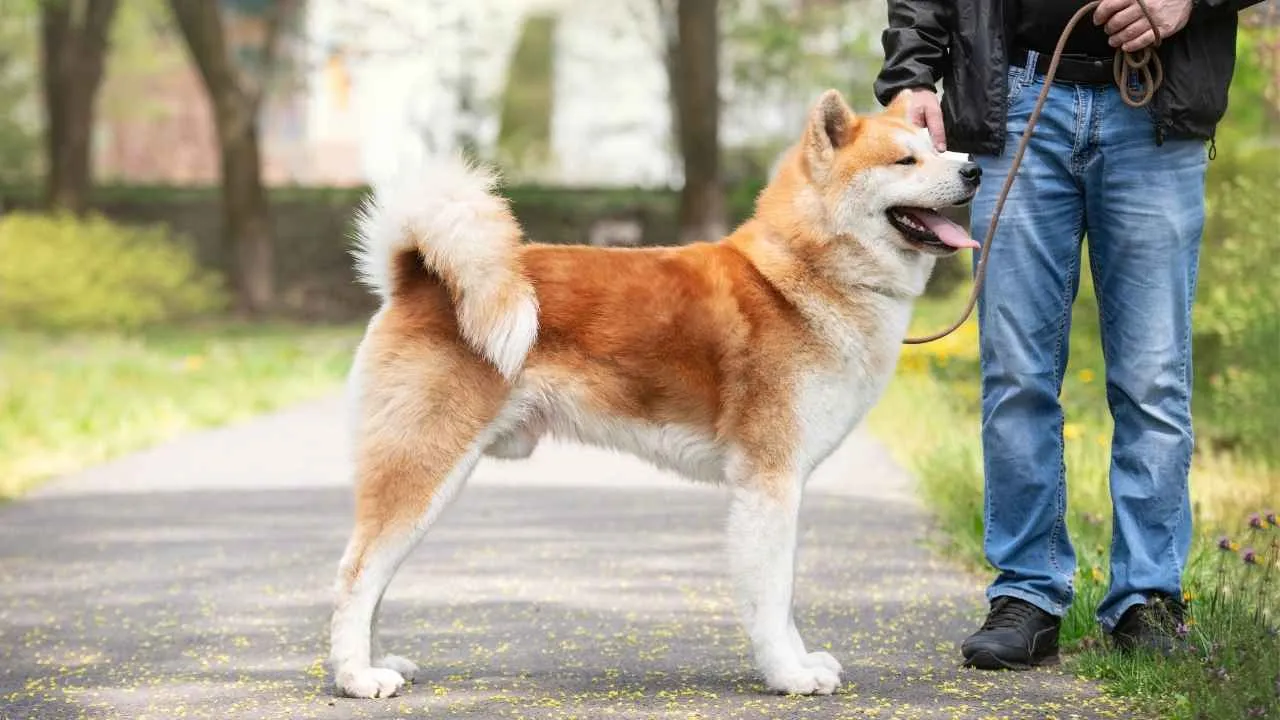
The Japanese Akita Inu offers a distinct contrast to northern sled dogs but shares the strong bond with family life and thick coat traits seen in husky-like dogs. Originally bred as hunting dogs and guards, Akitas have a dense coat and wolf-like features that reflect their ancient lineage alongside other northern breeds.
With their independent nature and high intelligence, Akitas are best suited for experienced owners who can provide consistent training and mental stimulation. According to VCA Hospitals, early socialization is key to preventing behavioral problems in this breed, which is loyal and protective yet affectionate to its family.
The Akita Inu is the official state dog of Akita Prefecture in Japan, symbolizing good health and happiness. Hachiko, a loyal Akita, waited 9 years at a train station for his owner, who had died. His story inspired the film Hachi: A Dog’s Tale.
6. Keeshond
The Keeshond is often mistaken for a small husky due to its thick double coat and expressive face, which includes distinctive “spectacles” around its eyes. This northern breed was originally bred as a watchdog on Dutch barges and shares the social, vocal traits of many Eskimo dogs.
Highly trainable and intelligent, Keeshonds thrive on human interaction and form strong bonds with their families. They are friendly dogs, well-suited for first-time dog owners who can provide daily exercise and mental stimulation. Their thick fur requires regular grooming to maintain its plush texture.
Orvis says the Keeshond is named after Cornelis ‘Kees’ de Gyselaer, a Dutch politician who led a rebellion in the late 1700s and owned one of these dogs. Since then, the Keeshond has become a symbol of the Dutch patriots.
7. Alaskan Klee Kai
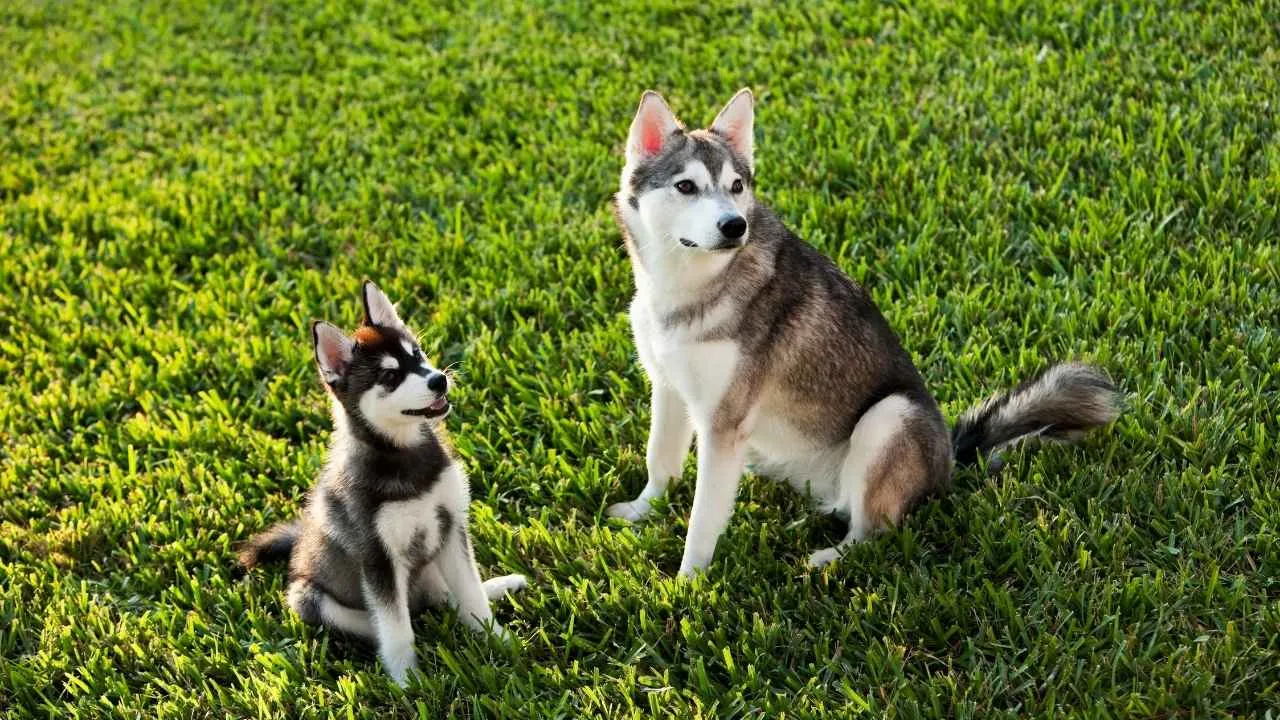
The Alaskan Klee Kai is a smaller version of the Alaskan Husky and Siberian Husky, designed to be a companion dog that retains the striking wolf-like appearance and thick coat of northern breeds. Originally bred to pull sleds and haul heavy loads, this breed has become popular for families seeking an energetic, yet manageable dog.
According to Hills Pet, they “talk back” and howl but are not overly noisy barkers. Sometimes, Alaskan Klee Kai can be shy around people.
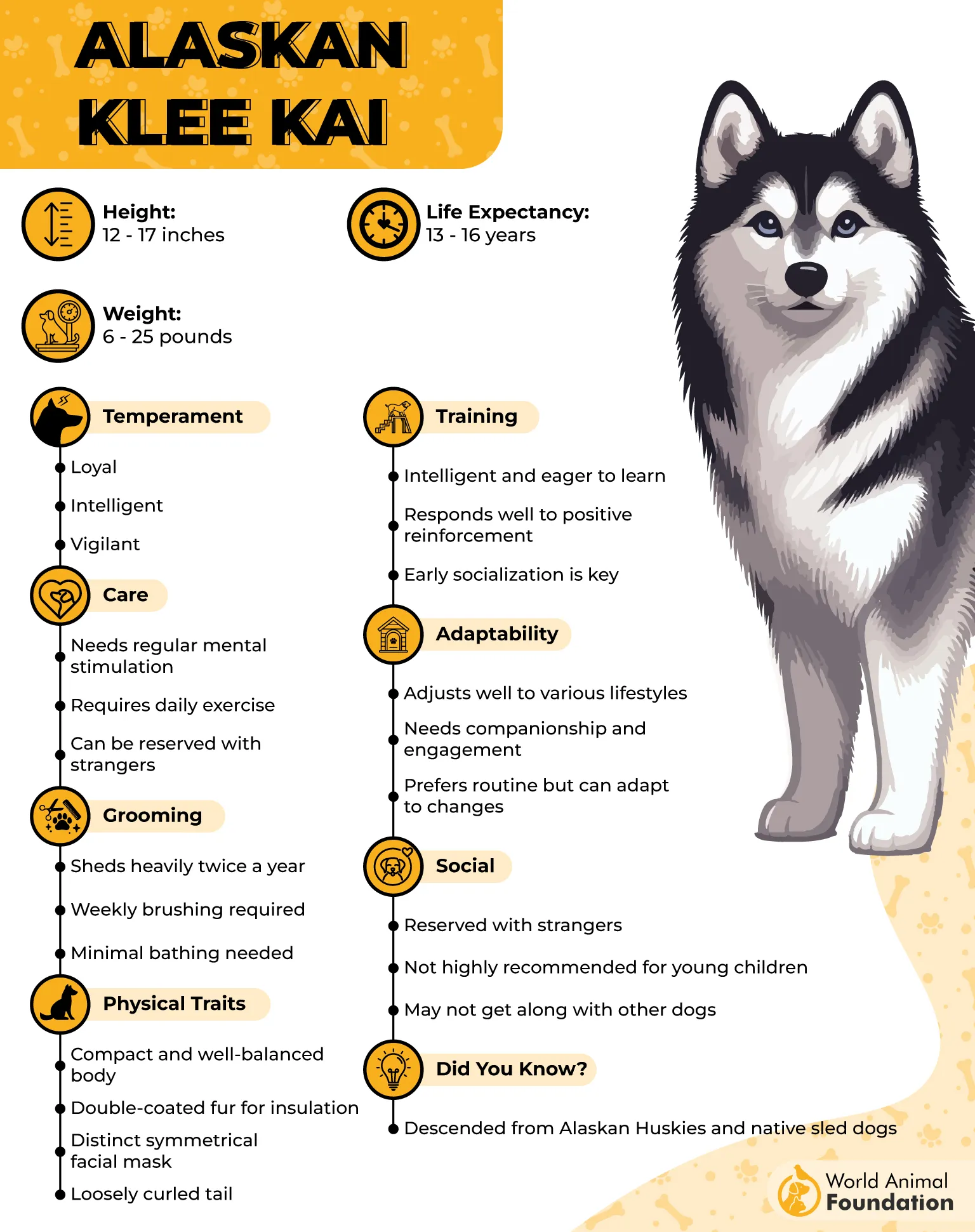
Highly intelligent and social, the Alaskan Klee Kai requires consistent training and early socialization to channel their high energy properly. They are among the best dog breeds similar to Huskies for first-time dog owners who want a smaller but equally spirited companion. Their blue eyes and white markings add to their captivating appearance.
8. Czechoslovakian Wolfdog

The Czechoslovakian Wolfdog is a northern breed that combines the strength and endurance of working dogs with the wild appearance of the Carpathian wolf. Originally bred for military use, they share many traits with sled dogs such as Siberian Huskies, including a dense coat and wolf-like features.
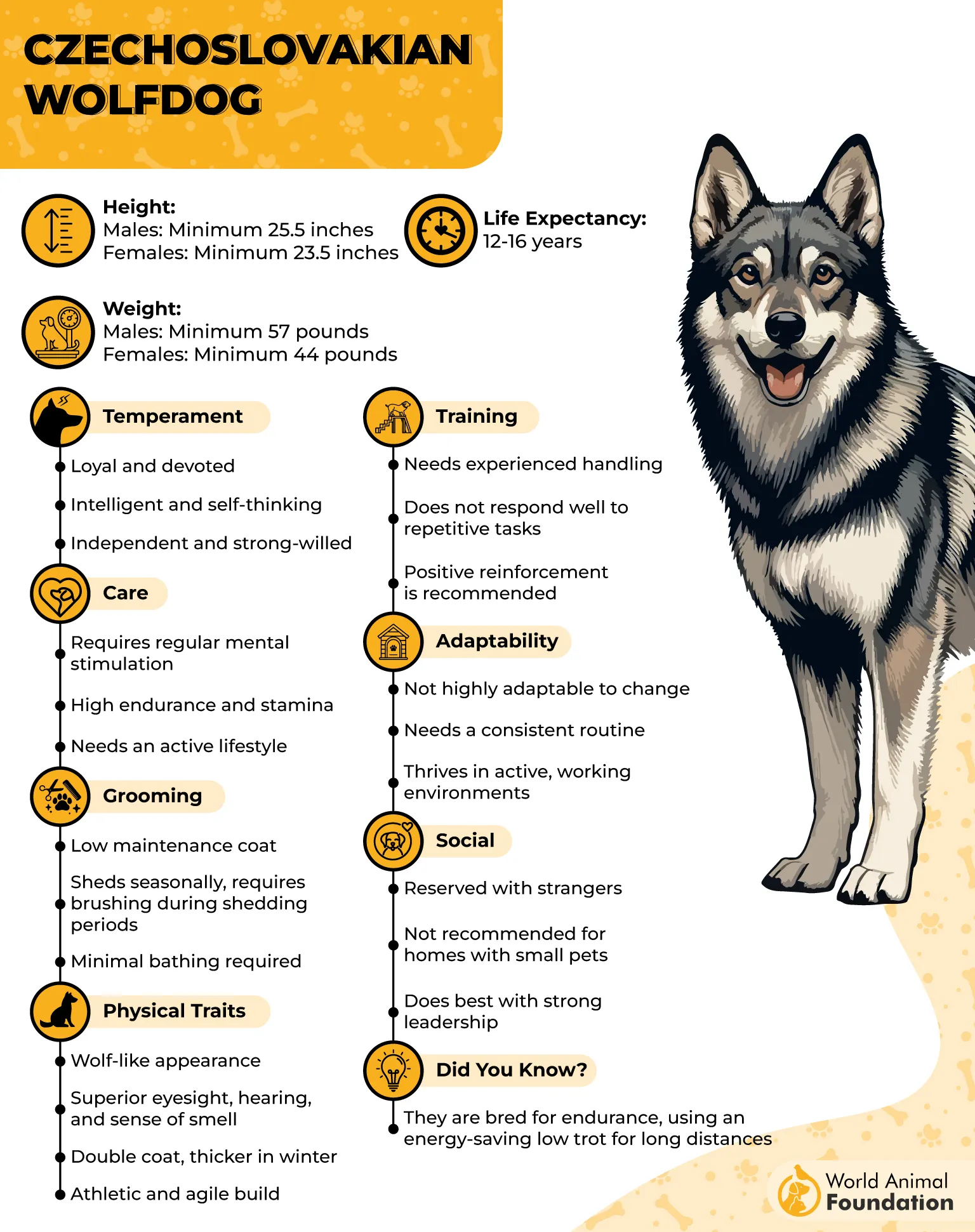
Highly intelligent and energetic, the Czechoslovakian Wolfdog requires experienced owners who can provide consistent training and ample daily exercise. Their strong bonds with family members and social nature make them excellent companions for active households.
The Czechoslovakian Wolfdog was selectively bred to resemble wild wolves while maintaining the trainability of domestic dogs.
9. Saarloos Wolfdog
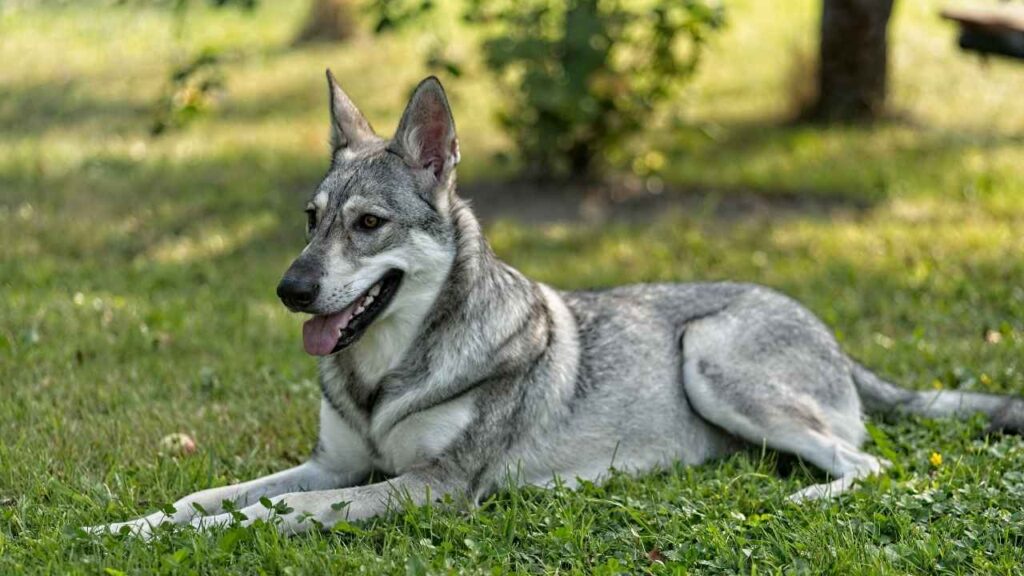
Like the Czechoslovakian Wolfdog, the Saarloos Wolfdog is another husky-like dog breed with a direct lineage to wild wolves. This breed exhibits strong wolf-like features such as a thick fur coat and piercing eyes, making it one of the most visually striking northern breeds.
Originally bred by crossing German Shepherds with European grey wolves, the Saarloos Wolfdog retains an independent streak and requires early socialization and consistent training. These dogs form strong bonds but need mental stimulation and regular exercise to thrive.
Saarloos Wolfdogs are best suited for experienced owners due to their complex temperament.
Conclusion
Dog breeds similar to huskies share a fascinating blend of physical traits, history, and temperament that make them beloved by many. From the powerful Alaskan Malamute and the smiling Samoyed to the smaller but spirited Alaskan Klee Kai, these northern breeds continue to captivate dog lovers worldwide.
Their wolf-like appearance, double coats, and working dog heritage connect them deeply to the Arctic and sled dog traditions. Whether you are a first-time dog owner or an experienced enthusiast, these breeds offer a variety of options for active family life and strong bonds that last a lifetime.


